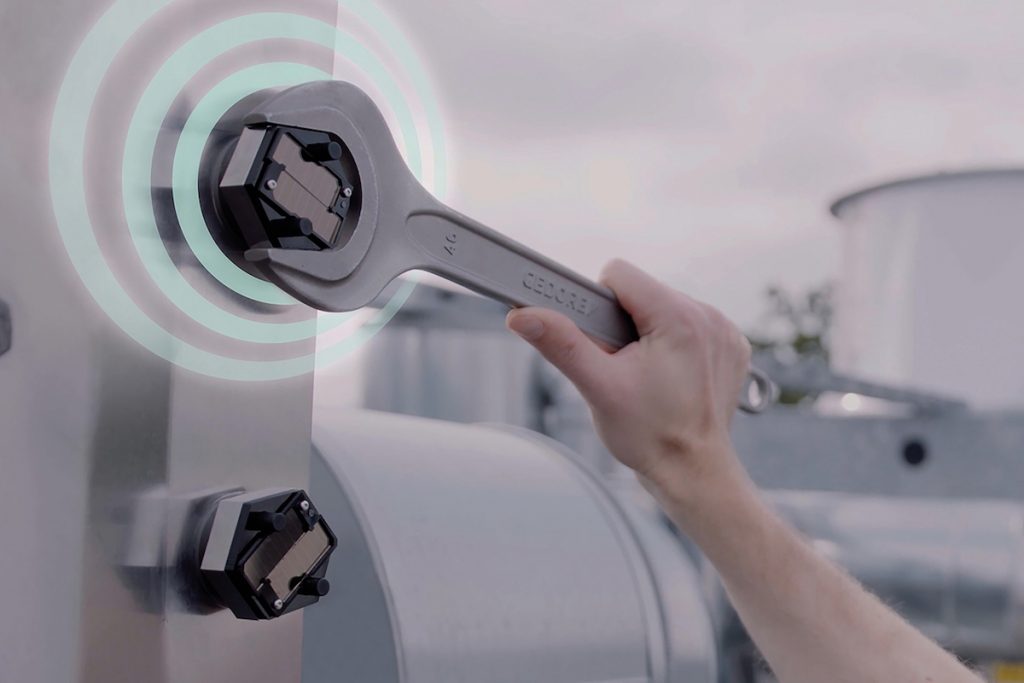
Technology that allows the stability of screw connections on critical infrastructure as well as machinery and in production facilities to be checked at any time by remote monitoring has been developed by researchers in Germany.
Wear and tear and the impact from phenomena such as temperature fluctuations or vibrations can cause screws to loosen or even come undone completely. This can have fatal repercussions and as a result, regular inspections are required for safety critical structures.
The new solution known as ‘Smart Screw Connection’ combines sensors with radio technology and promises to reduce the time and effort spent on these inspections while also improving safety.
Developed by a team of researchers from German applied research organisation Fraunhofer’s Cluster of Excellence Cognitive Internet Technologies (CCIT), the Smart Screw Connection comes with a screw fitted with a washer that is equipped with a piezoresistive ‘DiaForce’ thin film.
When the screw is tightened, pressure sensitive sensors register the preload force at three points. Any change in the preload force changes the electrical resistance in the film.
“When a screw comes loose, the resulting change in resistance is reported to a radio module located on the screw head,” explained project manager Dr Peter Spies. “The radio module, in turn, sends the data to a base station, which collects the information from all relevant screws in the object.”
The technology is capable of sending small packets of data over long distances, consuming minimal energy, from more than 100,000 sensors via just one base station. A software program then displays the data for each individual screw in a graphical overview. Depending on the configuration and application, the status of the screw connections can be transmitted permanently, based on an event or at specified intervals.
“This remote monitoring system allows us, for the first time, to keep an eye on the stability of safety critical infrastructures at all times, even remotely, and to carry out a proper check on every single relevant screw,” added Dr Spies.
“This is a major asset in terms of safety. When inspecting a bridge or wind turbine, no engineer is required to be on site and check each screw individually, as all the data are transmitted via radio to the service station.”
The Smart Screw Connection can be adapted for a wide variety of applications. In addition, the system operates according to an energy harvesting principle, which involves the use of heat or light to generate electricity and makes the system self-powered.
During installation, each individual screw along with the sensor unit and radio module is placed in a shielded programming box. The box is gives the screw an individual encryption key, and the radio link to the base station is also encrypted during data transmission. “This is how we prevent criminals or hackers from sabotaging the system,” explained Dr Spies.

